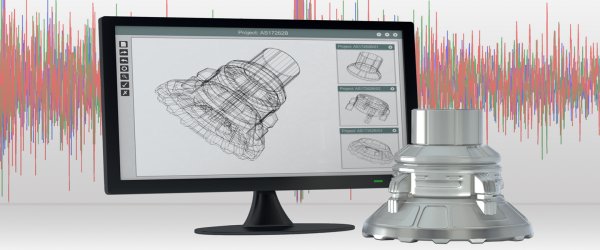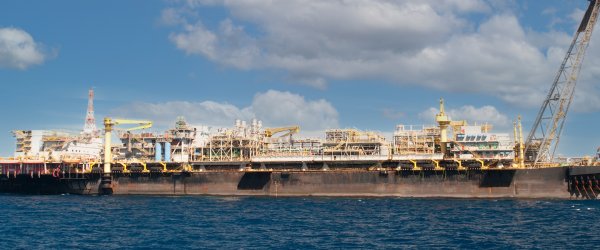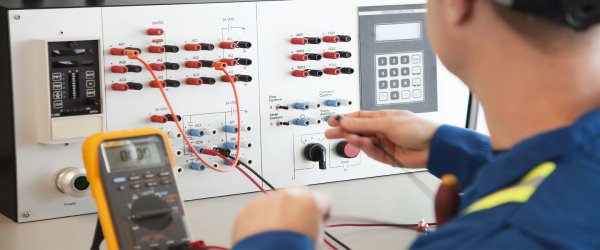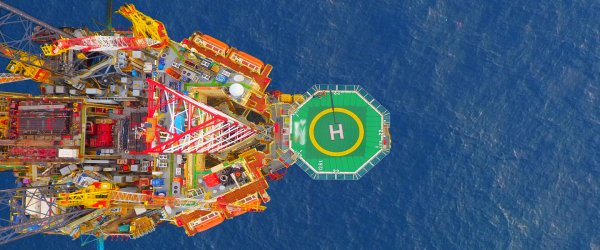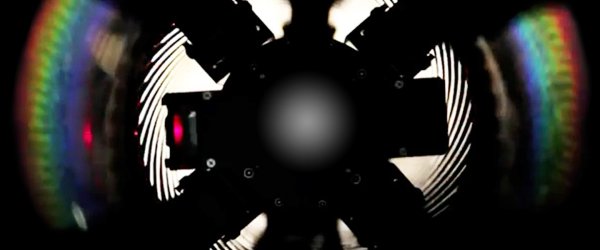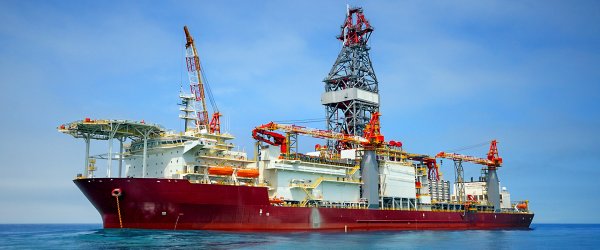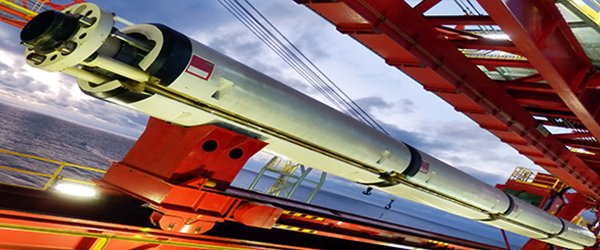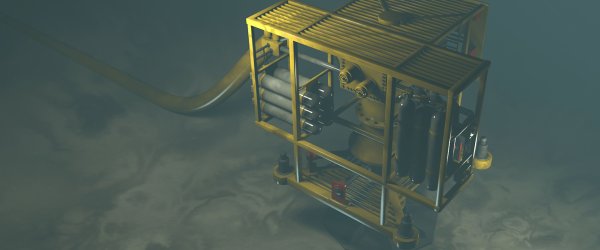Instrumentation & Data
Measured data contains a lot of valuable information about the performance and integrity of an offshore system. Accelerometers, angular rate sensors, strain gages and Global Positioning Systems (GPS) can be used to characterize the response of an entire Floating Production System (FPS) in various weather conditions. Some of these instruments can also be used to record the behavior of subsea or subsurface equipment, such as risers, jumper, manifolds and pipelines in cyclic loading environments. Additionally, anemometers, wave radar, current meters and pressure transducers can be used to measure the environmental or internal loading conditions.
Our Areas of Expertise
Our extensive expertise in these areas was the basis behind the development of our NeoSight® FPS & DCI, Realtime Fatigue Monitoring System (RFMS®) and ROV-deployable Subsea Vibration Data Logger.
NeoSight is our advanced asset integrity management system that gathers data from your existing instrumentation to create digital models that provides a universal representation of asset response including fatigue. NeoSight creates a comprehensive model of the system, allowing you to simulate different operating scenarios, under a variety of environmental conditions, in virtual space and accurately predict the outcomes.
The Realtime Fatigue Monitoring System (RFMS) calculates stress and fatigue at any location from accelerometer and angular rate measurements, which are placed at strategic locations on the riser system. Together with analytical mode shapes, the only required inputs are the dynamic riser response, mud weight and top tension, weld/connector SAF/S-N characteristics; thus fatigue damage can be determined without knowledge of currents or other forcing events. This monitoring system tracks the damage on a joint-by-joint basis and provides a “fatigue odometer” for each riser joint.
Our Subsea Vibration Data Loggers (SVDL) that have been deployed on drilling riser systems, the BOP stack, and low pressure housing wellhead, to characterize fatigue damage in the wellhead and structural casing system. Our engineers have created an efficient methodology to use the SVDL measurements on the BOP stack and low pressure housing to directly reconstruct time histories of stress and fatigue in the wellhead accurately. The loggers provide timely assurance especially in harsh environments and where design calculations indicate limited design life. In addition, we have successfully used the measured data to calibrate predictive tools and models for riser/wellhead fatigue assessments.






